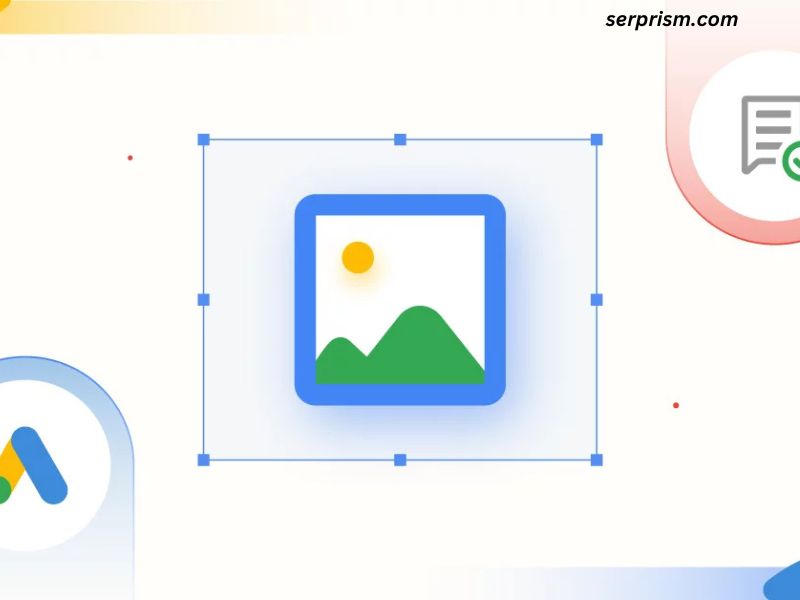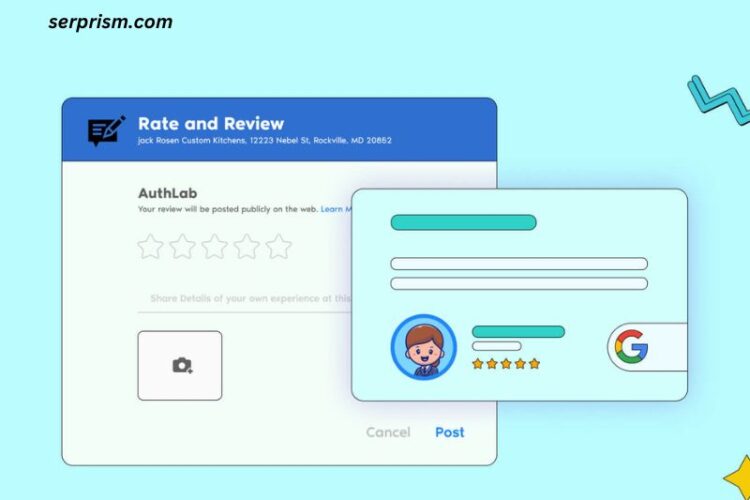
Google’s product feed image requirements are critical for ensuring your product listings are optimized for maximum visibility and conversion. With e-commerce becoming increasingly competitive, adhering to these guidelines helps you stay ahead. Let’s delve into the detailed requirements and best practices for creating high-quality product images for Google Shopping.
Why Google Product Feed Image Optimization Matters
Images are often the first element shoppers notice in Google Shopping ads. A well-optimized image can increase clicks and drive conversions. Conversely, non-compliance with Google’s guidelines can lead to product disapproval, impacting your campaign’s performance.
Focus Keyword: Google Product Feed Image Requirements
When uploading images to the Google Merchant Center, adhering to technical specifications is non-negotiable. These include minimum image sizes, acceptable file formats, and specific content rules. Here’s a breakdown:
1. Technical Specifications
- Image Dimensions:
- Non-apparel products: Minimum 100×100 pixels.
- Apparel products: Minimum 250×250 pixels.
- Maximum size: 64 megapixels.
- File size limit: 16 MB.
- File Formats:
- Acceptable formats include JPEG, PNG, BMP, GIF (non-animated), and TIFF.
- Ensure your images are of high resolution to capture product details effectively.
- Image URLs:
- URLs must be secure, starting with HTTP or HTTPS.
- They must be RFC 3986-compliant without symbols or spaces in the filename.
2. Content Guidelines
To ensure images comply with Google’s policies:
- Use High-Quality Images: Avoid blurry, distorted, or poorly lit photos. Google prefers images with a white background, where the product occupies 75-90% of the frame.
- Avoid Promotional Content: Images with logos, watermarks, or text overlays like “Best Price” or “Free Shipping” are prohibited.
- Show the Product Clearly: Do not use placeholder images, generic icons, or color swatches as primary visuals.
3. Enhancing Image Usability
- Multiple Images:
- Use the
additional_image_linkattribute to upload up to 10 extra images per product. Show different angles or highlight key features to enhance shopper confidence.
- Use the
- Lifestyle Photos:
- Lifestyle images that show the product in use can increase click-through rates, particularly for categories like fashion and home décor.
- Framing and Cropping:
- Ensure the product is centered and dominates the image. Avoid unnecessary props that could distract buyers.
4. Best Practices for Performance Optimization
- A/B Testing: Regularly test different images to see which generates better engagement and conversions.
- Technology Leverage: Use Google’s automatic image improvement tools available in the Merchant Center to enhance image quality automatically.
- Mobile Optimization: Since mobile devices account for a significant share of online traffic, ensure your images are optimized for smaller screens.
5. Common Mistakes to Avoid
- Overcrowded Frames: Including unrelated items that aren’t part of the sale can confuse shoppers.
- Ignoring File Size Limits: Large files can lead to slower page loading times, affecting user experience.
- Inconsistent Aspect Ratios: Ensure uniformity across product listings for a professional appearance.
6. Impact of Non-Compliance
Failure to meet these requirements may lead to:
- Product Disapprovals: Non-compliant images will be flagged by Google Merchant Center, affecting ad visibility.
- Account Suspension: Persistent violations could result in suspension from Google Shopping.
Conclusion
Adhering to Google Product Feed Image Requirements not only ensures compliance but also enhances your product’s visibility and attractiveness to potential buyers. By investing in high-quality images, adhering to technical specifications, and using advanced tools like A/B testing and automated enhancements, you can significantly boost your e-commerce performance.
Prioritize image optimization as part of your broader SEO strategy. Remember, your product image is often your first impression—make it count!




